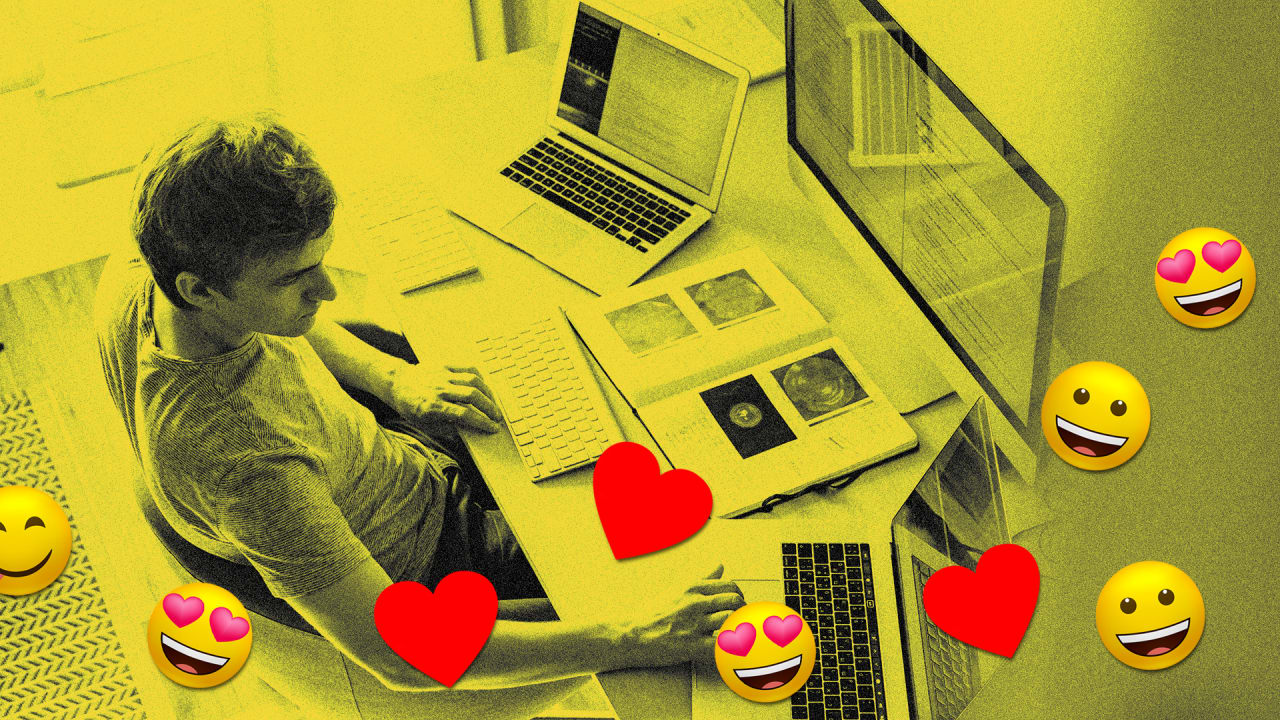Over the past year, much has been made of where, when, and how we work. But the sweeping shift to working remotely has raised a deeper question that we’re still not sure how to answer: Who are we at work? The pandemic has scrambled so much of the “normal” professional experience—commutes, workspaces, business hours, childcare, business travel—that it’s also rewiring our concept of professionalism itself. For me, “professionalism” began 18 years ago when I started as an intern at Microsoft. Today, I lead a team of more than 500 designers and researchers creating the next generation of communication and creation experiences for Microsoft 365, across both work and life. As you can imagine, design at Microsoft has changed dramatically over the years, and that includes how people collaborate. When it comes to traditional modes of expression, both Microsofties and our customers typically drew a clear line between work style and personal style. Take emoji or reactions as an example. I use them freely in texts or on social media, but on a productivity platform like Microsoft Teams? As much heart as I put into my work, I never thought I’d “heart” things there. I do that at home, where my guard is down. But now that the office is my home, there are hearts all over the place. I heart everything (unless I’m giving it a thumbs down).

Read the original here:
How remote work helped us move past old-school ‘professionalism’